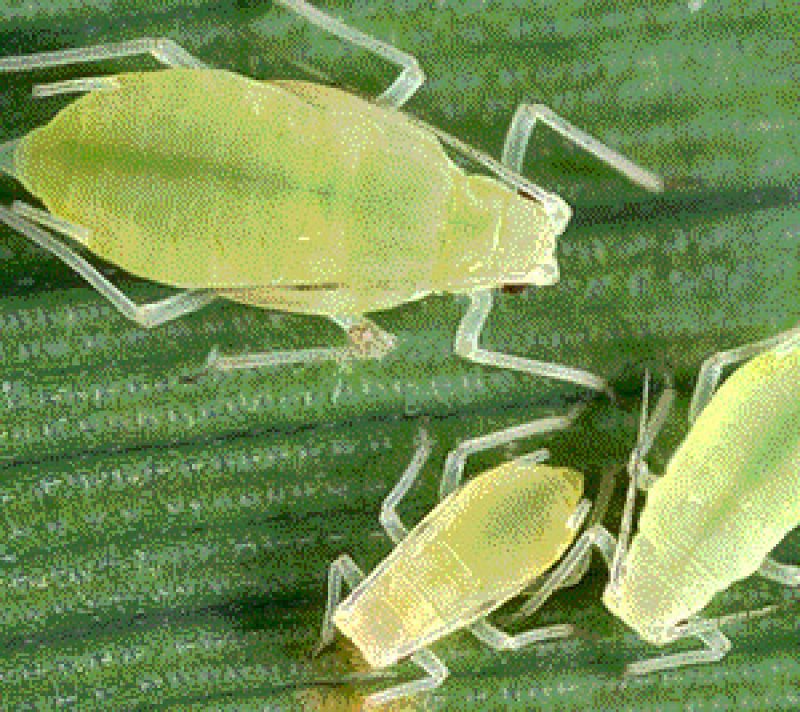 Chinese scientists have developed a new type of GM cotton engineered to make its own chemical protection against cotton pests. These findings are a reminder that years of planting GM crops has so far not led us to the once-predicted total disaster but to a host of complex effects and subtle changes, including many positive breakthroughs. Because the cotton required far less use of insecticidal sprays, a healthy insect ecosystem began to thrive. And, as it turned out, the ladybugs and lacewings from the cotton fields migrated over to surrounding farms where they preyed on pest insects, like aphids, there. As a resulting, those farms started using lower amounts of pesticides also.
Chinese scientists have developed a new type of GM cotton engineered to make its own chemical protection against cotton pests. These findings are a reminder that years of planting GM crops has so far not led us to the once-predicted total disaster but to a host of complex effects and subtle changes, including many positive breakthroughs. Because the cotton required far less use of insecticidal sprays, a healthy insect ecosystem began to thrive. And, as it turned out, the ladybugs and lacewings from the cotton fields migrated over to surrounding farms where they preyed on pest insects, like aphids, there. As a resulting, those farms started using lower amounts of pesticides also.As a result, there are signs of waning outrage regarding GM crops. Or at least a more nuanced perspective. As James Randerson wrote recently in The Guardian, “The GMO Debate is Growing Up.” Although in Slate this week, Jeremy Stohl’s piece “Death of ‘Frankenfood’” ponders whether the Europeans are growing up faster on this issue than here in the United States.































